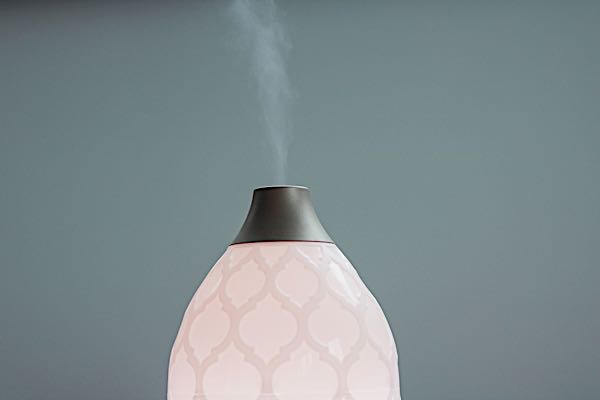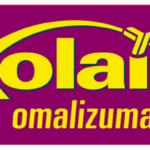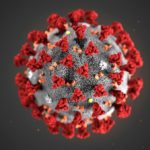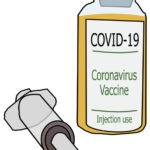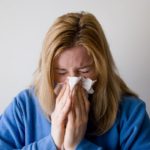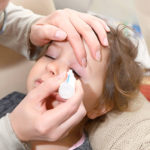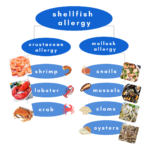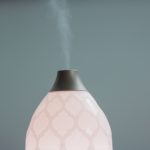How Humidifiers Can Help Your Home
It is estimated that in industrialized countries, residents spend over 90% of their lives indoors. A statistic like this also indicates the importance of indoor air quality on one’s health.
What are common causes of poor indoor air quality?
Air quality can cause new respiratory symptoms or exacerbate present ones. These problems can be more common than one might expect; some studies report that up to 60% of workers have experienced at least one environment or building-quality related symptom at work (although there is no standardized diagnosis). Common sources of pollutants of air quality include mold, secondhand smoke, cleaning products, dust mites, cockroaches, plant pollen, rodents, hair or fur from domestic animals and more. Proper ventilation and filtration can help reduce the effects of these pollutants in indoor air.
What are common symptoms that result?
Another important component of indoor air quality is humidity, which can impact skin and respiratory tract health. Dry air can cause dry nose, dry lips, throat or skin irritation, nasal bleeding or crusting, sore throat, and potentially cough. Normally functioning mucous membranes seem to require around 35-45% relative humidity. Poorly humidified homes can also affect wood furniture by increasing separation of wood, wood floors due to shrinking and expanding of wooden planks, peeling of wallpaper and covering, plant damage and increased dust.
What can I do to fix this problem?
A common remedy to this problem is purchasing a humidifier or vaporizer for the home that helps add moisture back into the air and avoid some of the less-than-ideal symptoms of dry air. The two types of humidifiers are warm mist or cool mist humidifiers. Warm mist humidifiers heat water to a boil before releasing it as mist into the air. These are considered healthier for circulating air, as the boiling water can help kill bacteria and mold before they are released into the air. But, these are also usually more expensive and work better in smaller rooms. Cool mist humidifiers do not heat water before releasing it. For some, these are preferred because they are more suited to larger rooms, use less energy, and are potentially safer than warm mist humidifiers. However, these can emit bacteria, molds, and white dust into the air.
Ultrasonic humidifiers
These humidifiers can be of either warm mist or cool mist type. These are quiet filters that use high frequency ultrasonic vibrations to mist the water. These are considered low-maintenance, low-energy (no heat is used), portable and good for small rooms. However, these also run the risk of spreading bacteria if tap water or any sort of mineralized water is used.
Evaporative humidifiers
These humidifiers are the most common type of humidifier used. In these, water is absorbed by a wick filter and is then dispersed into the air by a fan. These do not contaminate the air as much as some other types of humidifiers may, but these may still produce a significant amount of noise.
Central humidifiers can also be used, as they are connected to the home’s air heating system. This humidifier can add moisture to the ventilating air as it passes through. However, these may not add sufficient humidity to a room like a bedroom.
Using Your Humidifier Effectively
Whether you have a humidifier already or are planning on purchasing one, here are some key tips to ensure efficacy and efficiency of your humidifier:
- Clean your humidifier thoroughly before, during, and after heating season.
- Try using vinegar rinses or a teaspoon of bleach in a gallon of water. Leave for 20 minutes and use the manufacturer’s cleaning instructions.
- Avoid leaving stagnant pools of water, as these are good places for germ and mold breeding.
- Use distilled water instead of tap water when you can.
- Do not add anything else to your humidifier (ex. Vick’s VapoRub, oils, …)
- Consider the size of the unit and ensure that you have enough water to satisfy it.
- Invest in a humidifier that is properly made and corrosion-proof.
- Remember to turn off the water supply, drain and clean reservoir pan for humidifiers in central heating systems when the heating season is over. Keep track of the waterline feed for the central heating system by checking on it at least once or twice a season.
- Keep a hygrometer (a device to measure humidity) in your bedroom to track the room’s humidification. Ideal humidity is around 35-45%.
- Remember that relative humidity above 55% encourages growth of mold/bacteria.
- Keep steam or warm mist humidifiers out of reach for children to avoid injury from hot water.
- Do not let the area around the humidifier get wet.
Recent
Popular

